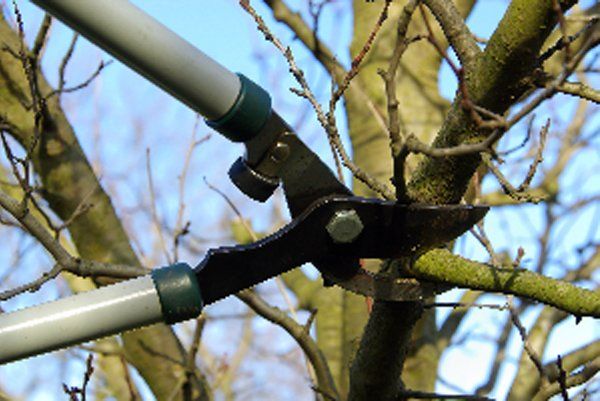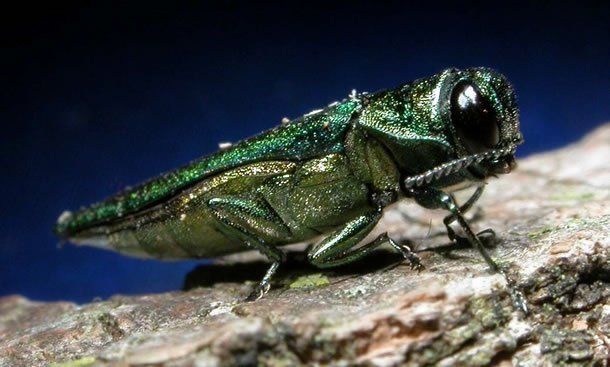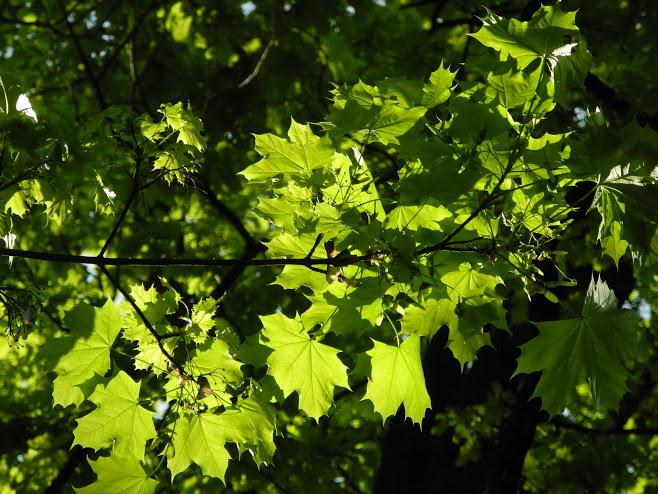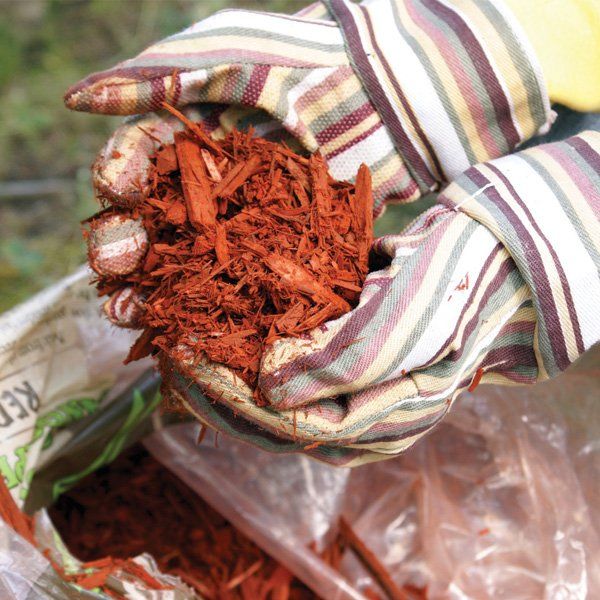Are Tree Suckers Sucking the Life out of Your Tree?
- By Admin
- •
- 04 Jan, 2019
- •

Have you noticed new growth at the bottom of your tree, such as new branches or leaves? It may even appear that there's an entirely new tree growing. This growth is called a tree sucker, and it can be dangerous to the health of your tree. Learn what you need to know about tree suckers and what you can do about them.
What Is a Tree Sucker?
A tree sucker is new growth that occurs at the base of the tree. This new growth can make a tree appear to be more bush-like and unkempt. More importantly, this growth steals energy from other areas of the tree. When a tree sucker grows at the base of the tree, the tree diverts nutrients and energy to it. That means the tree is less prone to develop branches at the top.
Tree suckers can occur on a tree when the tree is in distress. It's often easier for a tree to grow new growth at the base, as it's closer to the ground, its nutrients, and its water. If the tree doesn't have enough resources to develop upwards, it may develop close to the ground instead. This helps the tree preserve nutrients but can also encourage it to continue growing downwards rather than upwards.
Tree suckers don't always occur due to stress, however. Tree suckers can also happen as a result of grafts. If a graft is placed down by the base of the tree, it may send out its own shoots. This can be problematic because the graft isn't going to be a part of the tree proper. Either way, the tree sucker usually has to be removed if you want a productive and attractive tree.
How Can You Deal With a Tree Sucker?
Experts often advise that tree suckers be pruned and that you clip them close to their base when they are still as small as possible. Since suckers need to be pruned as quickly as possible, you should also look at your trees frequently. Luckily, tree suckers tend to come off with very little resistance, as they usually have not hardened.
If a tree sucker has grown enough to have its own bark, you may need to be more careful about removal. Use very sharp shears and cut as close as possible to the base.
The area where the tree sucker was should heal over, but you should watch the area. Other tree suckers may grow from the same region. What If You Leave a Tree Sucker Behind?
If you leave a tree sucker behind, it will eventually develop into a full branch. This can lead to a branch that is very low to the ground and, consequently, difficult to deal with. Eventually, you will likely have to remove this branch. If you wait to remove it until after it has grown substantially, it can become a health threat to the tree.
As a tree sucker grows, it will prevent the rest of the tree from growing. If it's a hearty graft on a weaker tree, the rest of the tree may atrophy.
Otherwise, your tree's growth may just be stunted. It will stop growing upwards because it is growing down and outwards, and you may be left with a less-than-healthy tree.
It should be noted that tree suckers are often more common when the tree is struggling. It's possible that if you continue to water and care for the tree, it will rebound. However, your tree may also need professional help. If you're concerned about the health of your tree, contact Big Tree Nursery for a consultation.
CONTACT INFORMATION
- Mon - Sat
- -
- Sunday
- -
Payment Options

OUR LOCATION
BROWSE OUR WEBSITE
CONTACT INFORMATION
Payment Option

 1500 Wall Street Avenue North, Moorhead, MN 56560
1500 Wall Street Avenue North, Moorhead, MN 56560





 timfischer55@yahoo.com
timfischer55@yahoo.com